One of 12 Modes
| Model | Q80 |
| Material | Aluminum Alloy |
| Voltage | AC 110 / 220 V |
| Frequency | 50Hz/60Hz |
| Power | 350 W Max |
| Current | 5A Max |
| Striking Strength | 0.5 – 8Bar |
| Working Frequency | 1 – 22 Hz |
| Number of Working Heads | 5 |
| Setting Times | 500-3000 |
| Net Weight | 12Kg |
| Instrument Dimensions | 14 × 17 × 8 inch/362 × 434 × 205mm |
| Package Size | 21 × 18 × 14 inch/530 × 450 × 365 mm |
| Certification | CE Certification、CFF Certification |
Product Advantages

High Frequency Operation
The Q80’s operational frequency achieves up to 22 Hz, enabling the emission of up to 22 pulses per second. Within the handle, the bullet-shaped pulsed percussion treatment tip executes high-velocity rhythmic motion under the 22 Hz high-frequency actuation, generating short-duration, high-intensity mechanical acoustic waves.

Wide Coverage of Working Intensity
The Q80’s operational intensity is calibrated within a range of 0.5 to 8 bar, strategically designed to comprehensively address the multifaceted rehabilitation and physiotherapeutic requirements of diverse user demographics. For instance, when treating anatomically sensitive regions such as the genital area or wrist—tissues with inherently low stimulation tolerance—clinicians can deploy low-intensity protocols (1–2 bar) to ensure atraumatic therapy. Conversely, for patients in advanced rehabilitation stages requiring enhanced mechanical loading to foster muscle hypertrophy, tendon remodeling, or joint functional optimization, the Q80 delivers calibrated high-intensity outputs tailored to meet progressive therapeutic goals.

Convenient Operation
The Q80’s interface adheres to a minimalist and intuitive design philosophy, ensuring operational clarity through deliberate human-factors engineering. Key parameters—including energy intensity, frequency, and treatment duration—feature preconfigured clinical presets and evidence-based recommendation algorithms. Users can dynamically modulate these variables via a high-resolution capacitive touchscreen, designed with haptic feedback and ergonomic spacing to minimize input errors. This intuitive workflow reduces training latency, enabling clinicians and users to achieve proficiency rapidly while maintaining focus on therapeutic outcomes.

Multiple Functional Modes
The Q80 incorporates a sophisticated system of up to 12 treatment modalities, each designed for modular integration with a diverse array of emitter heads. This configurational flexibility enables the creation of personalized therapeutic protocols that address disease-specific pathologies and anatomical site requirements across the full spectrum of clinical applications.
Q80 Advantages
| Comparison | ordinary shock wave machine | Q80 shock wave machine |
| Service life | 3-5 years under normal circumstances | 10-15 years under normal circumstances |
| Effective speed | Multiple treatments are required, and the effect is minimal. | A single treatment can be effective, and 3-5 treatments can significantly improve symptoms. |
| Consumables cost | The handle and probe need to be replaced frequently | All-metal treatment head, lifespan up to 5 million times |
| Certification | No medical device certification | CE certification, CFF dual certification |
| Treatment head material | Plastic/resin material, easy to wear | Medical grade titanium alloy, resistant to high temperature and high pressure |
| Energy regulation accuracy | Coarse grading (usually 3-5 grades) | 0.5-8Bar adjustment, accuracy of 0.5Bar, precise matching of individual differences |
| Treatment mode | Few preset modes | 12 smart modes |
| Heat dissipation performance | Continuous operation can easily overheat and requires shutdown for cooling | There is a cooling fan design on the back and ventilation holes on the side. |
Product Display

Product Details
Handle Front Part
The anterior section of the handle is designed for versatile integration with interchangeable transmitter heads, enabling rapid configuration according to specific therapeutic requirements. This modular design facilitates precise treatment customization through effortless head replacement, optimizing mechanical energy delivery to target tissues with anatomical specificity.
Handle Button
Exhaust Valve
The primary role of the exhaust valve is to modulate the internal air pressure within the handle during operation, thereby guaranteeing the equipment’s proper functioning.
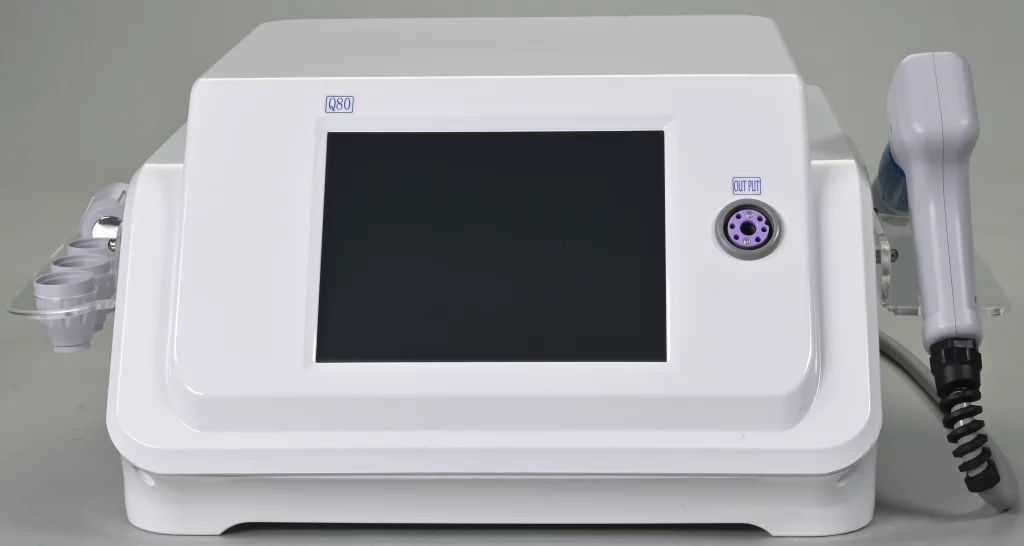
Main Unit
The Q80’s main body is constructed from high-strength, lightweight aluminum alloy, engineered to effectively withstand the impacts and frictional forces encountered during daily use. The aluminum alloy surface undergoes a meticulous anodization process, forming a hard, dense oxide layer that not only significantly enhances material wear resistance but also provides excellent corrosion protection, thereby prolonging the therapeutic device’s service life.
LCD Touch Screen Design
Q80 is equipped with an LCD touch screen that presents all data in a clear, intuitive manner. Adjustments to treatment intensity and frequency can be made directly via the screen, offering a convenient, rapid, and user-friendly operation experience that is easy to learn and master.
Handle Holder
It enables a firm grip on the handle, avoiding collisions and wear from arbitrary placement while ensuring quick and easy access.
Transmitter Head Holder
It is designed to securely hold various shockwave transmitter heads, ensuring their positions remain stable during replacement and storage while enabling convenient access at all times.
Cooling Fan
The cooling fan utilizes forced air circulation to rapidly dissipate heat from the device, safeguarding against damage caused by overheating.
Air Filter
It filters dust, particles, and other impurities from the air to prevent them from entering the instrument, thereby extending its service life. Meanwhile, it ensures the stability of shock wave energy and maintains the consistency of treatment effects.
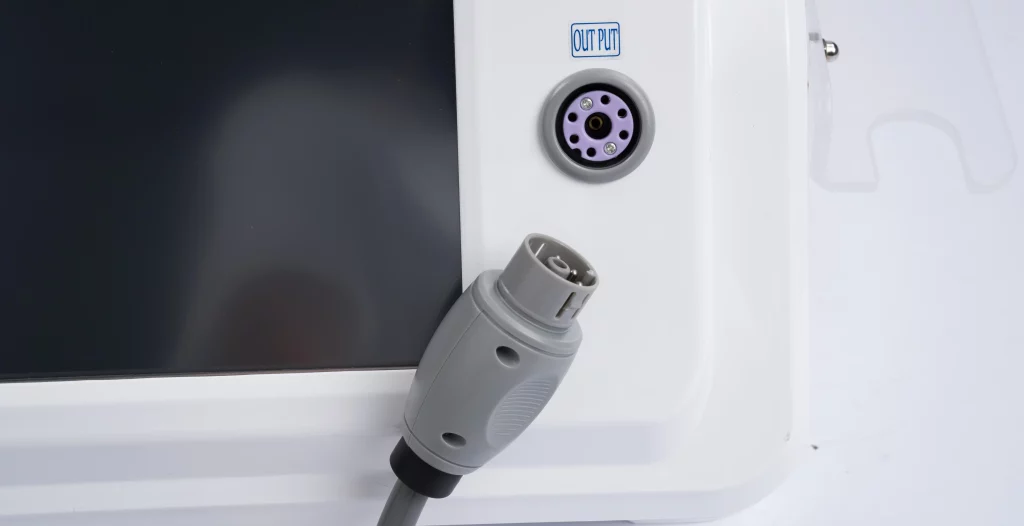
Tap-changer Connection
The Q80 main unit and operating handle are connected via an interface that ensures stable, reliable contact, while also enabling convenient storage after use
Transmitter Heads Introduction
6mm Head
- Penetration depth: It typically penetrates 2-3 cm beneath the skin. Due to its compact size and concentrated energy, it can precisely target superficial and small-area lesions.
- Energy Density: The energy density is relatively high, generally around 0.15-0.3 mJ/mm². The smaller treatment area allows energy to concentrate in a smaller region, thereby generating a higher local energy density to effectively stimulate the lesion tissue.
- Diseases Suitable for Treatment: Primarily used for diseases of small joints such as fingers and toes, including interphalangeal arthritis, interdigital arthritis, and stenosing tenosynovitis. It is also suitable for conditions with clear local pain points and limited scope, such as lateral epicondylitis (tennis elbow) and medial epicondylitis (golfer’s elbow), enabling precise treatment of local pain points.
10mm Head
- Penetration depth: The penetration depth typically reaches 3–4 cm. With moderate energy coverage and concentration, this-sized working head is optimally designed to act on muscles, tendons, and other tissues surrounding medium joints.
- Energy Density: The energy density generally ranges between 0.12–0.25 mJ/mm². This parameter delivers sufficient energy to stimulate diseased tissues while minimizing the risk of excessive energy-induced damage to adjacent structures.
- Diseases Suitable for Treatment: This configuration is suitable for treating medium-joint conditions such as wrist synovitis, post-ankle sprain sequelae, and Achilles tendinitis. It also serves as an adjunctive therapy for shoulder pathologies including rotator cuff injuries and long head of biceps tenosynovitis.
15mm Head
- Penetration depth: The penetration depth measures approximately 4–6 cm. The larger working head facilitates broader energy distribution, enabling engagement with thicker muscle groups and deep joint tissues surrounding large articulations.
- Energy Density: With an energy density of roughly 0.1–0.2 mJ/mm², this configuration delivers moderate, evenly distributed energy stimulation across a large area, promoting local blood circulation and tissue repair mechanisms.
- Diseases Suitable for Treatment: Primarily indicated for large-joint pathologies such as knee osteoarthritis, adhesive capsulitis (frozen shoulder), and subacromial impingement syndrome. It is also effective for treating muscle strain, myofasciitis, and similar conditions in the cervical and lumbar regions.
20mm Head
- Penetration depth: The penetration depth generally reaches 6–8 cm. The combination of a larger working area and higher energy output enables shock waves to penetrate deeply into muscle tissues.
- Energy Density: With an energy density typically ranging from 0.08–0.18 mJ/mm², this configuration delivers relatively low focal energy but covers a broad treatment area, ensuring effective therapy for large tissue regions while minimizing the risk of local energy overload.
- Diseases Suitable for Treatment: Indicated for extensive muscle injuries, such as thigh muscle strains and hip muscle strains. It also demonstrates therapeutic efficacy in managing lower limb referred pain secondary to lumbar myofasciitis or lumbar disc herniation. Additionally, it is suitable for treating deep muscle pathologies, including piriformis syndrome.
25mm Head
- Penetration depth:Capable of penetrating to approximately 8–10 cm or deeper, it enables stimulation of extensive muscle and bone tissues, with energy reaching deep into bony structures and surrounding tissues.
- Energy Density: With an energy density generally ranging from 0.06–0.15 mJ/mm², this configuration delivers low focal energy but covers a broad treatment expanse, facilitating gentle yet widespread tissue stimulation to promote bone metabolism and tissue repair.
- Diseases Suitable for Treatment:
Primarily utilized for large-scale musculoskeletal conditions, such as lumbar disc herniation and low back pain arising from lumbar spinal stenosis. It also exhibits therapeutic benefits for bone-related disorders including osteoporosis, delayed/non-union fractures, and extensive muscle atrophy or fibrosis.
About Operation Pages

Initial password is “23456”, In this interface, long press the handle button to reset the password.
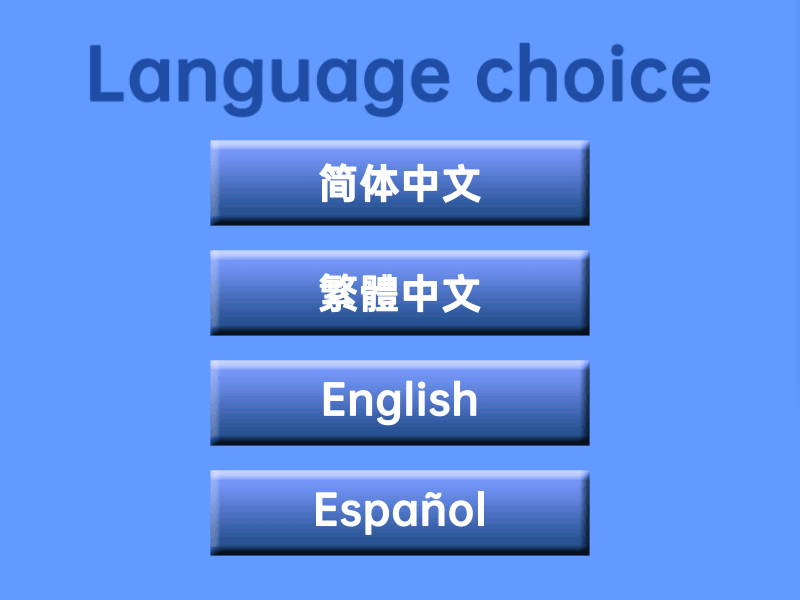
Multilingual Available
12 Modes to Suit Your Needs
Elect one of the 12 preset modes—for example, the “General Mode” features a default count of 1,500 pulses, an intensity set at 5 Bar, and a frequency of 10 Hz, with recommended use of a No. 3 or No. 4 working head. Users can adjust the count, intensity, frequency, and other parameters using the left/right arrow keys. All modes include corresponding preset values for count, intensity, frequency, and recommended working heads, allowing users to customize settings based on individual needs.
(Note: Please use from low power to high power to ensure your safety and comfort)
Packing List
1 x Main Machine
1 x Handle with Wire
1 x Power cord
5 x Transmitter Heads
2 x Projectiles
1 x Clean lubricating oil
Common Applicable Symptoms

Shoulder periarthritis
As high-energy pressure waves, shock waves are transmitted to the elbow of a tennis elbow patient via the treatment head. Due to the differential absorption and scattering properties of various tissues (such as muscle, tendon, and bone) to shock waves, reflection, refraction, and scattering occur at tissue interfaces, generating complex mechanical stresses including tensile, compressive, and shear stresses. When shock waves propagate across different tissue interfaces in the shoulder joint, the resultant complex stresses serve to loosen adhesed fibrous tissues such as tendons, ligaments, and joint capsules, restoring tissue sliding mobility and articular range of motion. Concurrently, these stresses stimulate osteocyte activity, facilitating the repair of potential microtraumas.

Tennis elbow
Through the generation of tensile, compressive, and shear stresses at the elbow tissue interface, adhesions between tendons (such as the common extensor tendon) and surrounding tissues are disrupted, restoring normal sliding motion. This mechanical stimulation also promotes cell proliferation, accelerating the healing of damaged tendons and ligaments. Additionally, the cavitation effect induced in elbow tissue fluids causes microbubbles to collapse, generating energy that disrupts fibrous scar tissue and calcium salt deposits. This process fragments calcified foci into smaller particles, facilitating their absorption by the body and reducing neural and vascular compression or irritation.

Plantar Fasciitis
When shock waves act on the interface between the plantar fascia and surrounding tissues, the induced mechanical stresses disrupt adhesions between the fascia and adjacent structures such as fat pads and muscles. This restores the fascia’s elasticity and sliding capacity while repairing and stimulating potential micro-tears or injuries. Additionally, shock waves alter the cell membrane permeability of plantar fascia cells, triggering the release of bioactive substances that promote angiogenesis and fibrous tissue repair, thereby enhancing the fascia’s mechanical strength and toughness. Concurrently, the therapy modulates nerve ending sensitivity, inhibiting pain signal transmission to achieve analgesic effects and relieve the discomfort associated with plantar fasciitis.

Delayed fracture healing
Shock waves propagate through bone tissue and surrounding soft tissues at the fracture site, with the induced stress stimulation activating osteocytes to promote callus formation and fracture healing. By mimicking the physiological stresses during fracture repair, shock waves induce micro-damage to trabecular bone at the fracture ends, thereby initiating the bone repair cascade. These waves stimulate cells at the fracture site to release multiple growth factors—such as bone morphogenetic protein (BMP) and insulin-like growth factor (IGF)—which promote osteoblast proliferation and differentiation, accelerating bone matrix synthesis and mineralization to facilitate fracture healing. Additionally, shock waves enhance angiogenesis at the fracture site, increasing local blood supply and providing essential nutritional support for the healing process.
FAQs
Extracorporeal shock wave therapy (ESWT), as a non-invasive treatment method, utilizes high-intensity energy waves, namely “shock waves”, and is a treatment approach for various musculoskeletal diseases. It can effectively relieve pain and promote the body’s healing. This therapy precisely targets the injured soft tissues, significantly alleviating the patient’s discomfort. Meanwhile, it accelerates the body’s natural repair process, helping patients recover their health as soon as possible.
In the medical field, as an advanced treatment device, extracorporeal shock wave therapy devices are generally divided into two types: electromagnetic shockwave devices and pneumatic ballistic shockwave devices. Among them, the working principle of the electromagnetic shockwave therapy device is to generate high-intensity shock waves through electromagnetic induction. The pneumatic ballistic extracorporeal shockwave therapy device uses the energy generated by compressed gas to drive the bullet body in the treatment probe, making it hit the front end of the treatment head at high speed, thereby generating shock waves.
Electromagnetic shockwave therapy device can release high shock wave energy, which shows powerful efficacy during the treatment process. At the same time, its depth penetration ability is also very remarkable, allowing it to penetrate deep into the body tissues and precisely act on deep-seated diseased areas. Pneumatic ballistic extracorporeal shockwave therapy device have relatively milder energy output, but its pulse frequency adjustment range is relatively wide, enabling flexible adjustment according to different treatment needs. In terms of treatment applications, pneumatic ballistic shock waves are more commonly used in the treatment of some superficial soft tissue diseases.
Yes, shockwave therapy is considered an effective treatment for pain, particularly for musculoskeletal issues like tendon injuries, as it can stimulate the body’s natural healing process by delivering acoustic shockwaves to the affected area, leading to pain reduction and improved tissue regeneration.
Shockwave therapy offers benefits to patients suffering from painful soft tissue issues (involving muscles, tendons, and ligaments), as well as joint and bone conditions. It is effective for individuals with sports – related or overuse injuries. Moreover, it can be advantageous for those engaged in physiotherapy for various health complaints.
Shockwave therapy is a safe, effective treatment if given in a professional setting, but there are circumstances where it isn’t advised, please refer to the page of precautions and contraindications for use.
The duration of a single treatment varies depending on the type and severity of the disease or pain. In most cases, the treatment lasts for 3 to 5 minutes. On average, the interval between treatments is 5 to 7 days.
ESWT (Extracorporeal Shock Wave Therapy) is characterized by excellent safety and remarkable efficacy. During the treatment process, the shock waves may cause discomfort or even pain to the patients, yet the vast majority of patients can tolerate it. After the treatment, there may be a slight bruise, but this phenomenon is only temporary and extremely rare in actual treatment cases.
We have operation video and user manual for your reference, and also we provide you 24 hours on line service.
It usually takes 6-13 business days to deliver after order confirmation.
The warranty for our products is valid for one year.
Operation
First, insert the connector of the handle into the host power outlet which is located on the front side of the host
Second, connect the power cord to the host power port on the back side of the host and then insert the plug into another end of the power socket
Then turn on the power switch
Lastly, select the corresponding functional mode in the system
Treatment Process
Prepare the treatment site: Apply the coupling agent to the treatment site, and then closely attach the shock wave generator to the treatment site
Start the treatment: Press the treatment button to initiate the treatment. During the treatment, ensure that the probe is closely adhered to the affected area
End of treatment: After the treatment is finished, press the stop button on the treatment device. The treatment device will stop operating, and then disconnect the power supply
Handle Maintenance and Clean
Electromagnetic Shockwave Handle
- Unscrew the rubber sleeve, observe the state of the rubber sleeve, there is wear and tear need to be replaced in a timely manner, remove the working head
- Using the maintenance tool (in the package list), loosen the screws on both sides of this handle(Be careful not to remove the screws completely)
- Remove the spring and the bullet and observe if the spring is deformed(if so, it needs to be replaced)
- Clean the bullet body and working head with a clean towel, and clean the inside of the handle
- Install back in the order of removal
Warm Tips: Be sure to cut off the power or pull out the working handle when operating and cleaning or maintaining the working handle
Pneumatic Shockwave Handle
- Turn the working head the bullet body from the gun counterclockwise to remove
- Unscrew the middle handle and pay attention to the parts(gaskets) of the gun handle falling out
- Pull out the barrel
- Remove the gun handle components
- Clean the disassembled components
- Reinstallation on the original path (pay attention to the direction of the cartridge-the small hole faces inward)
- Add sewing machine oil for lubrication, and finally screw back the working head
Note: Please cut off the power before maintenance to avoid the risk of electric shock and damage to the
machine
(Regular maintenance of the working handle and other accessories can improve its service life, it is recommended to clean once after each use)
Precautions for Use
(1) Due to the weight and design of the shock wave working head, the internal resistance is high, and continuous vibration may cause tension in the user’s hands.
(2) To avoid heat accumulation in the heat sink, do not block the heat sink.
(3) The bullet body is a consumable item that needs to be replaced regularly.
(4) In case of special circumstances or accidents, please stop using immediately and consult a professional.
(5) Medical equipment or household appliances close to this instrument may malfunction due to interference
(6) After use, cut off the power supply and be sure to unplug it from the power socket when not in use.
(7) Please take good care of it. The power cord and accessory cord should be carefully inspected before each use. If there are any signs of damage, they should be discontinued an replaced with new components.
(8) It is prohibited to use a plastic wave instrument in the following environments: high temperature and humidity, dusty environments, and environments with high levels of oil smoke or water vapor.
(9) lf a malfunction occurs during use, the power should be immediately turned off, and professional personnel must disassemble,repair, or contact dealers or manufacturers for repair. Self repair is not allowed.
(10) If any of the following abnormal situations occur during use, immediately turn off the power and stop using;
-Abnormal sound
-Any accessory damage;
-Water and foreign objects entering the body;
-Abnormal odor and smoke;
-Sudden occurrence of natural disasters such as lightning and earthquakes;
-Abnormal heating and leakage of parts such as the body, power cord, accessory line, and plug.
(11) When using this instrument, please do not approach walls and keep a space of 30cm around the instrument for heat dissipation.
(12) This instrument is complementary therapy machine and not a medical device.
Contraindications for Use
(1) Pregnant women
(2) People with acute inflammation, deep venous thrombosis,Goitre, asthma, tumor and other diseases
(3) People with ruptured blood vessels, trauma, or bleeding wounds
(4) Patients with heart disease, equipped with a cardiac pacemaker, or hypertension
(5) Areas that have undergone cosmetic surgery and have artificial fillers in their bodies
(6) People with metal materials inside the human body (including metal teeth, heart stents, etc.)
(7) Individuals with symptoms of skin inflammation and body swelling
(8) Individuals with abnormal immune system function
(9) People who feel numb and unresponsive to heat
(10) Not supported for use near certain tissues, such as the eyes and surrounding areas, myocardium, spinal cord, renal medulla, and liver
(11) People with blood diseases, coagulation problems, or the use of anticoagulants
(12) Polyps near the nursing site
(13) Patients with thromboembolism, tumor diseases, and polyneuropathy
(14) Growing children with cartilage
(15) Not supported for use in parts or organs containing a large amount of gas in the human body
(16) It is not supported to use in areas with a large number of nerves, blood vessels, spinal cord, or near the head
Welcome to SD!
We are a production-oriented and technologically innovative enterprise, boasting an in-house team of highly skilled professionals specialized in design and R&D. This team lies at the core of our operations, constantly pushing the boundaries of what is possible. They combine their in-depth knowledge of medical technology with a passion for innovation, ensuring that every shockwave therapy device we produce is of the highest quality and meets the ever-changing needs of the medical community. Our R&D process is a meticulous one, involving continuous research, testing, and refinement. We invest heavily in state-of-the-art facilities and technologies to support the efforts of our team. This commitment to innovation has led to the development of a range of shockwave therapy devices that are not only effective but also user-friendly and reliable.
Our journey began with a vision to reshape the medical rehabilitation experience with innovative shockwave treatment solutions, enabling patients to regain a healthy and vibrant life.
Looking ahead, as an enterprise with over 10 years of R&D experience, we will always adhere to the mission of innovation and excellence. We will continue to increase R&D investment, constantly enrich product varieties, expand our product portfolio, and enhance our global influence. Our goal is to become the preferred enterprise for shockwave therapy equipment, drive the industry forward, and make greater contributions to the healthcare field.
Why Choose Us?

Large-scale Production Base
We possess a large-scale production base and have established an integrated full-link production system covering design and R&D(research and development), hardware mold opening, parts processing, and assembly. From the initial creative concept to the final product delivery, every link is under our efficient control, ensuring the continuity and stability of product production.

Efficient Delivery Capability
We have the strength to quickly produce large sample blocks and an extremely fast shipping speed. We promise to complete the delivery within two weeks, which can effectively meet your urgent time requirements, help your project move forward smoothly, and seize the market opportunity.

Strict Quality Assurance
We always regard product quality as the lifeline. We carefully select durable and high-quality materials to control the quality from the source. Moreover, each product has to go through a strict inspection process to ensure that it meets high-standard quality requirements, allowing you to use it with confidence.

Adequate Supply of Goods
With our strong production capacity and perfect supply chain management, we ensure an adequate supply of goods. Regardless of the size of your order, we can provide a stable supply. You don’t need to worry about the risk of out-of-stock, providing a solid guarantee for the continuous development of your business.

Professional Customer Support
We have a dedicated and professional customer support team on standby to serve you at any time. Whether you have any questions or concerns in product consultation, the ordering process, or after-sales service, we will wholeheartedly answer them for you and provide attentive and considerate services.

Diverse Customization Services
We deeply understand your personalized needs for products, so we provide diverse customization services. This includes function customization to meet your specific usage scenario requirements; color customization to fit your brand image or personal preferences; LOGO customization to highlight your unique identity; and material customization to select appropriate materials according to your expectations for product performance.
Only logged in customers who have purchased this product may leave a review.
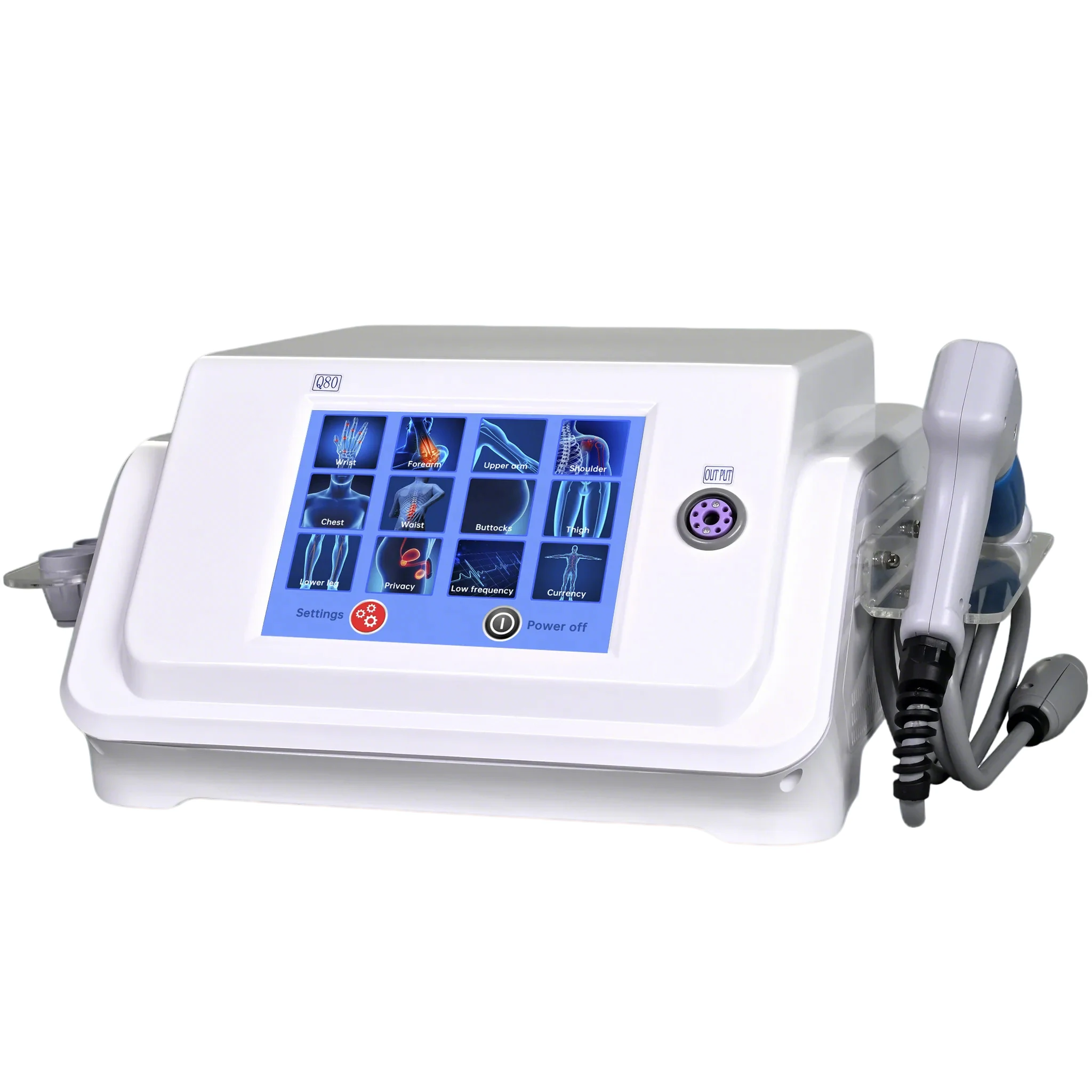
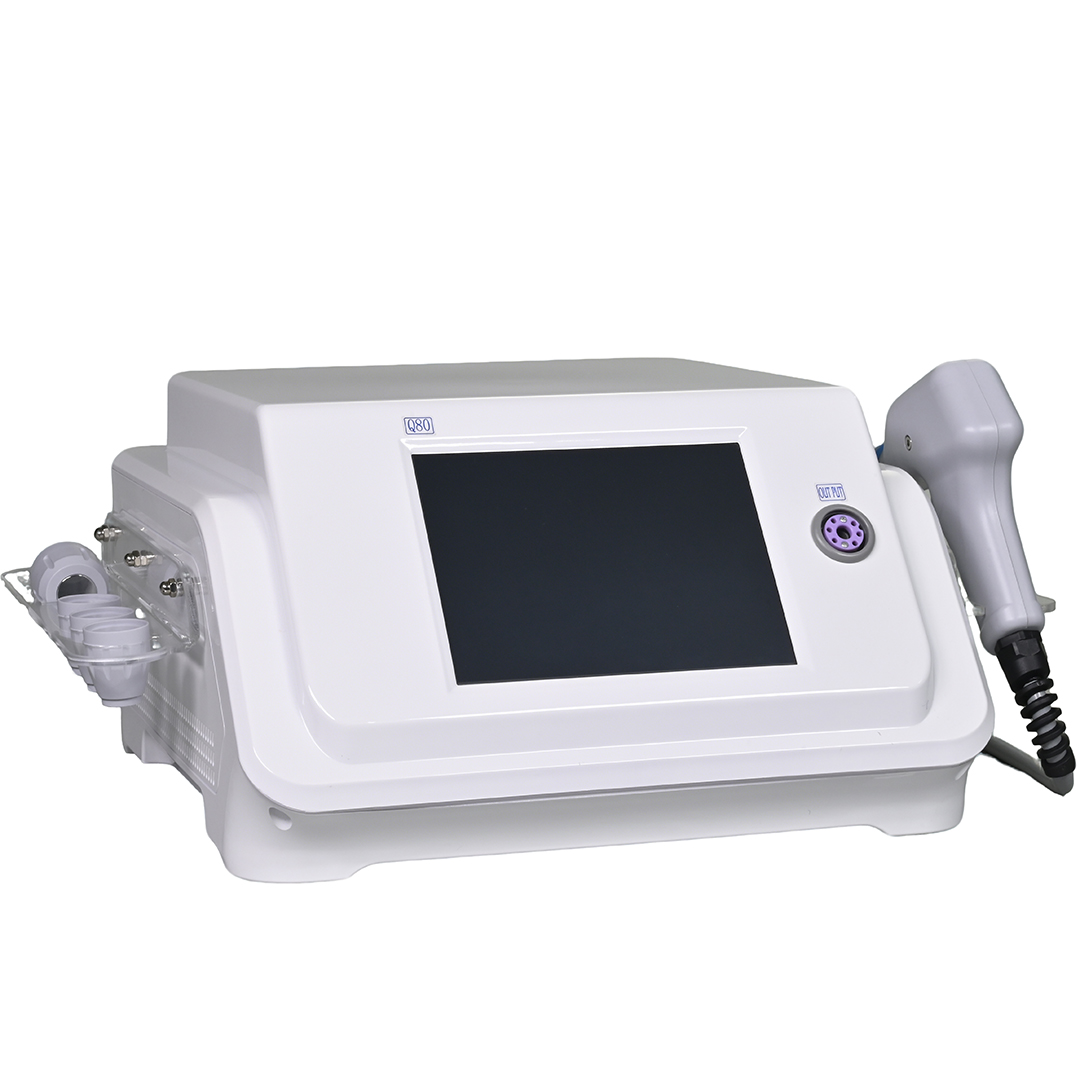
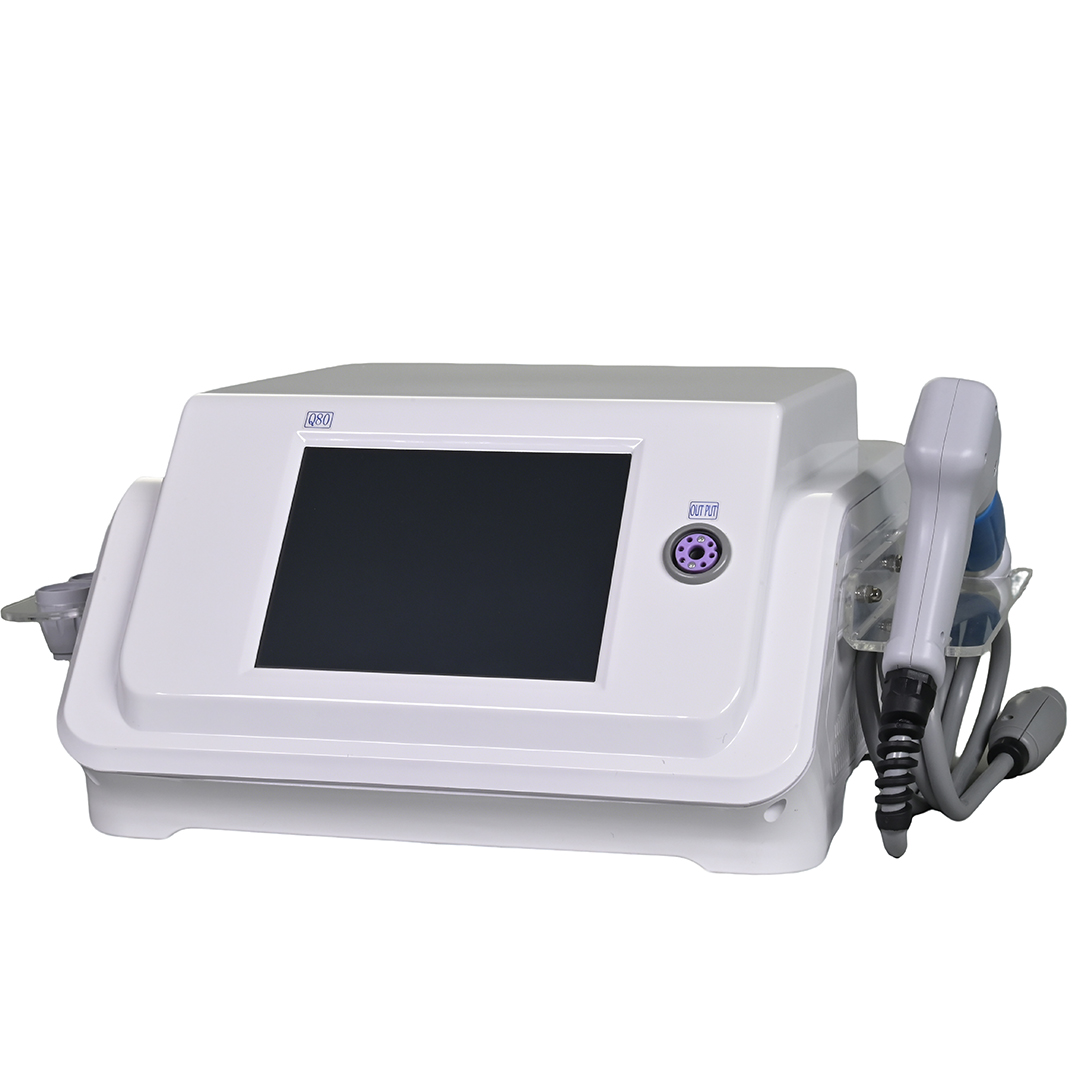

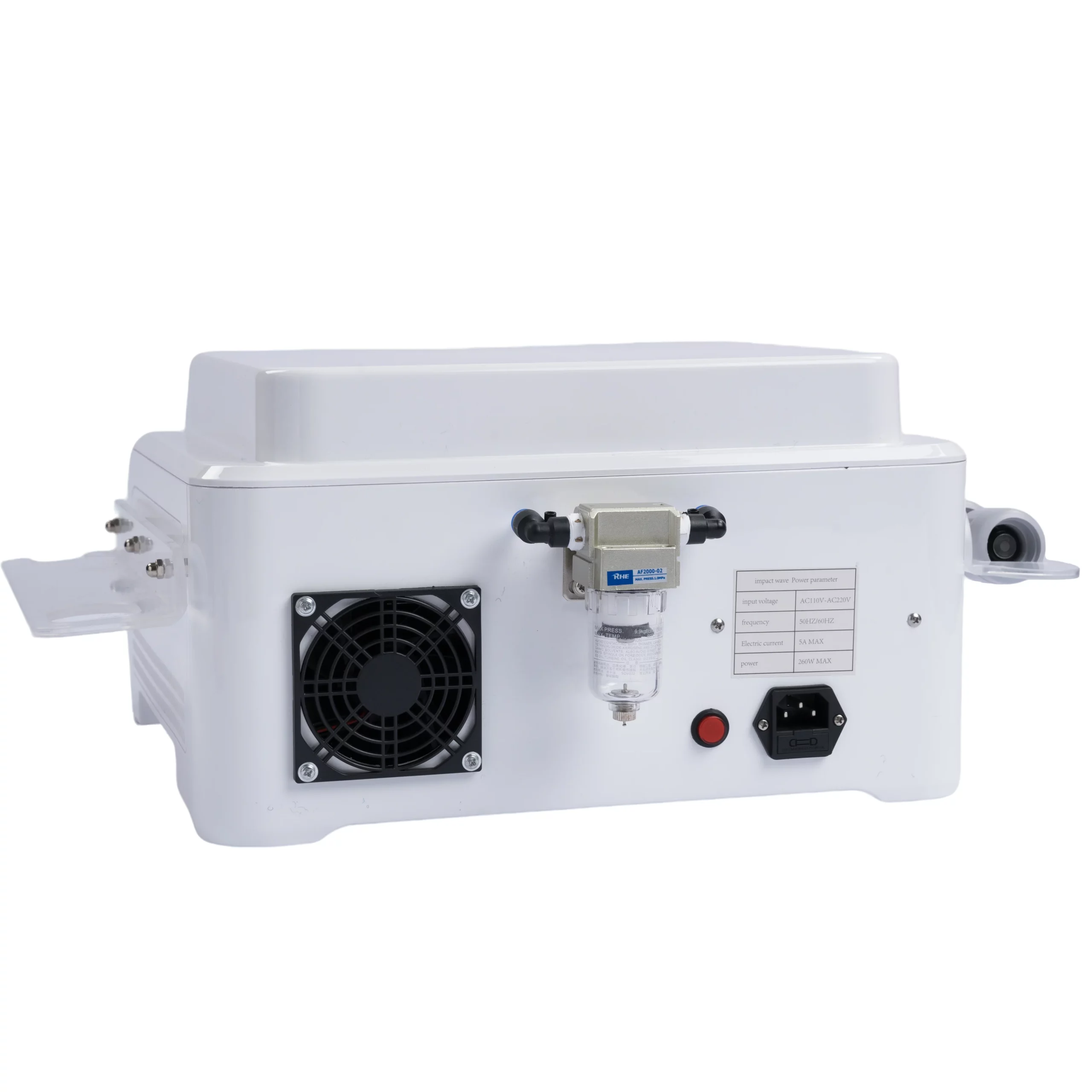


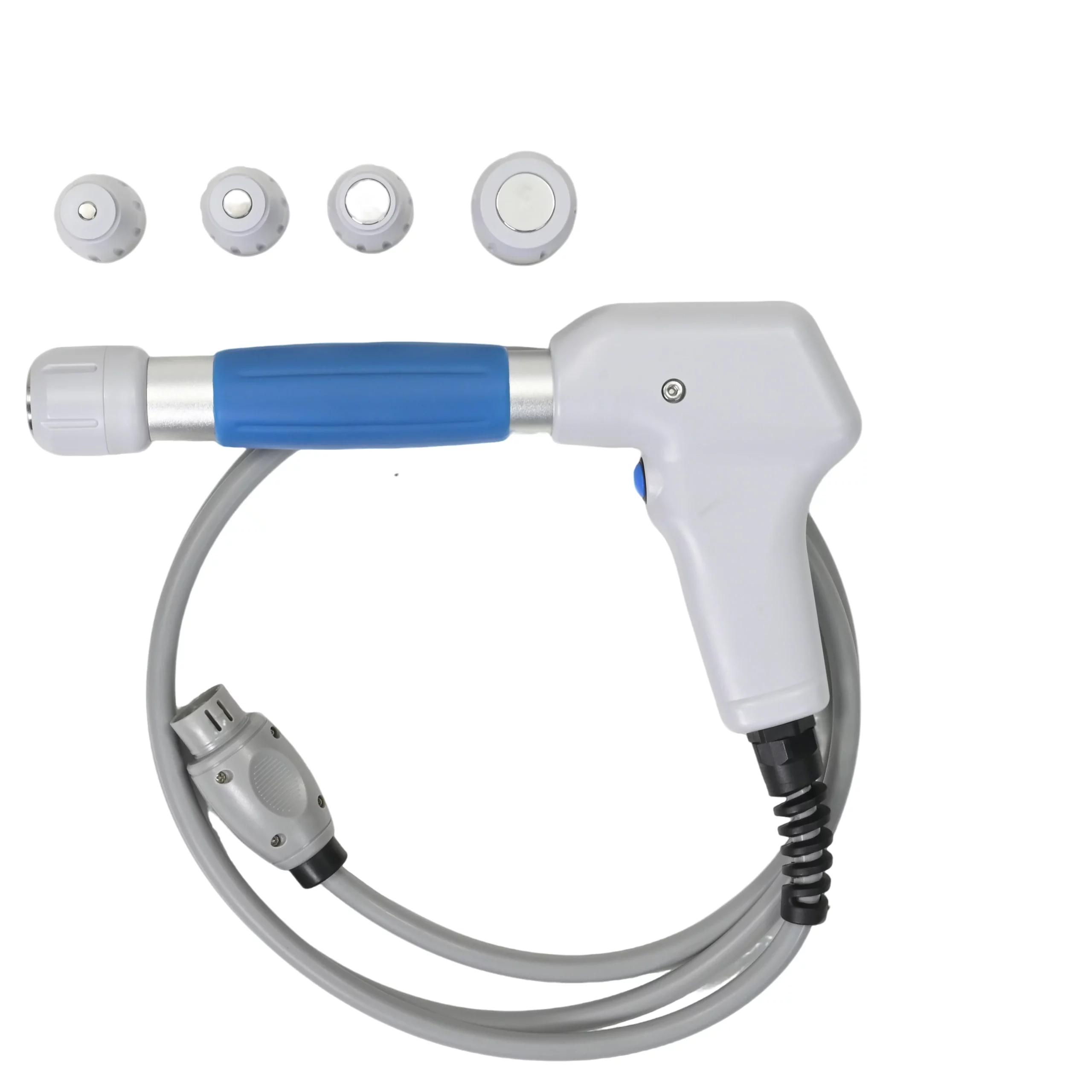
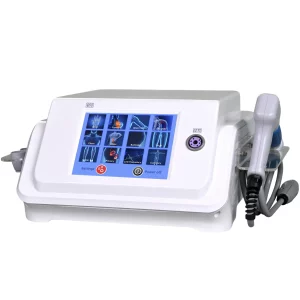

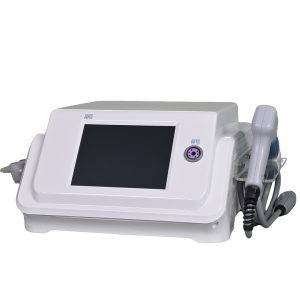
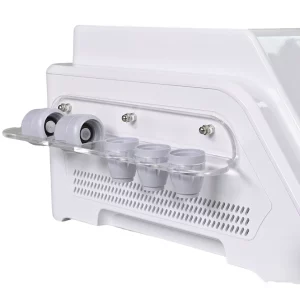
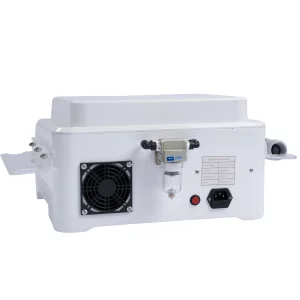
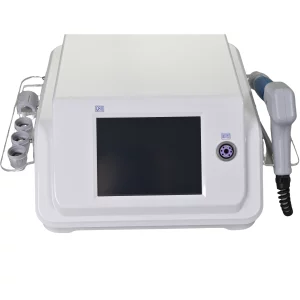

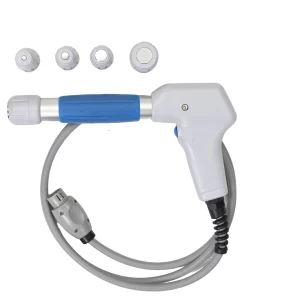

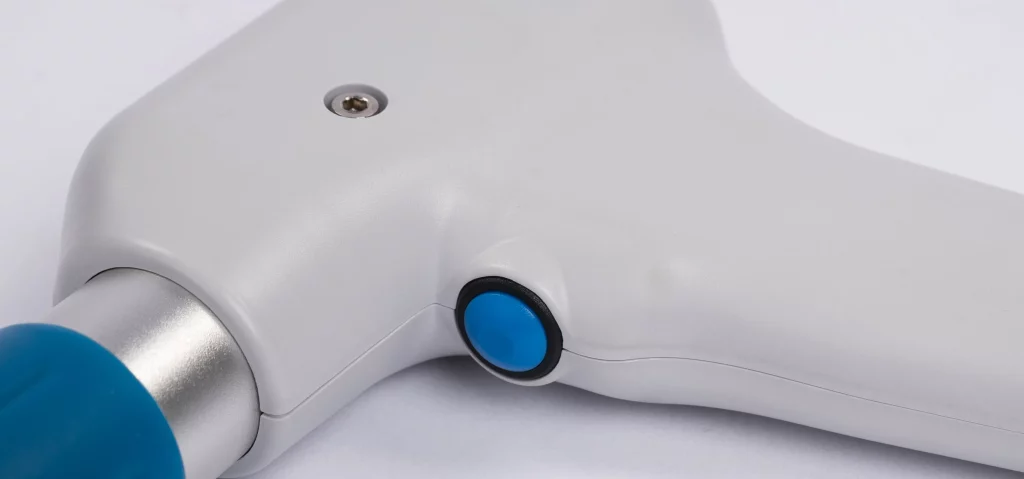
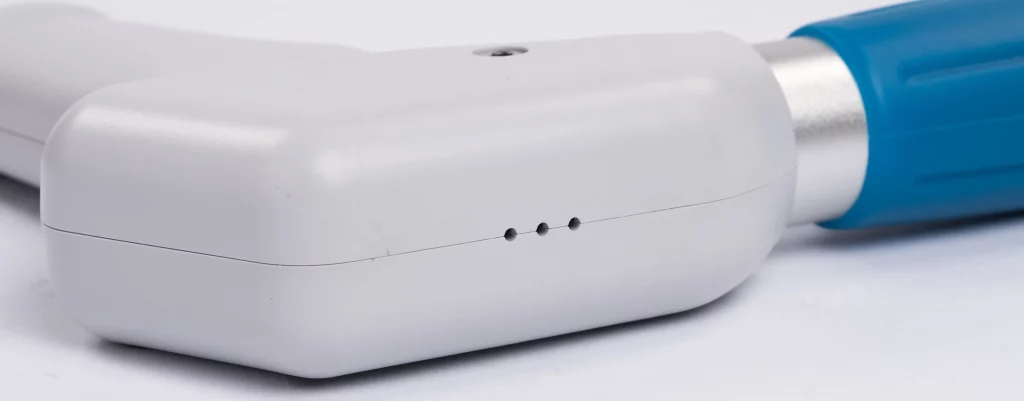
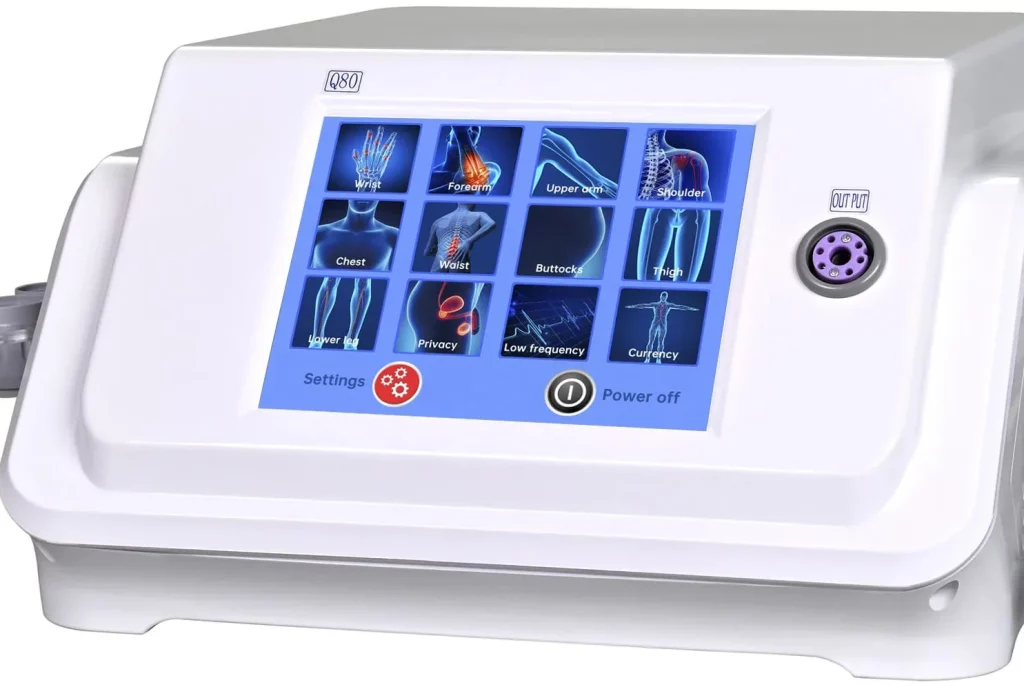
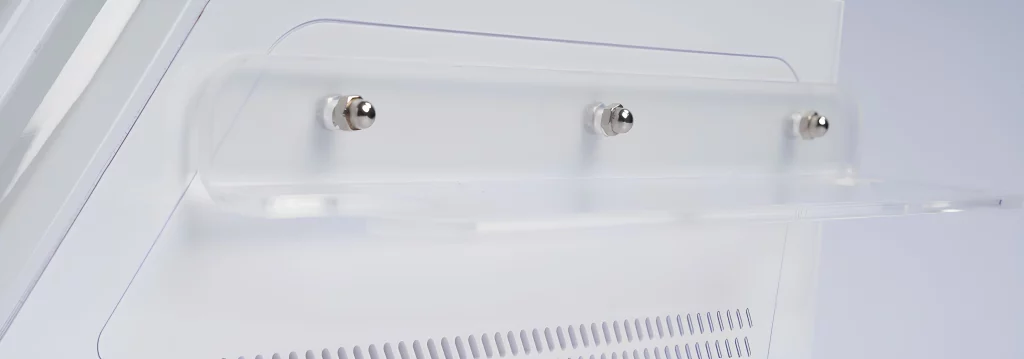
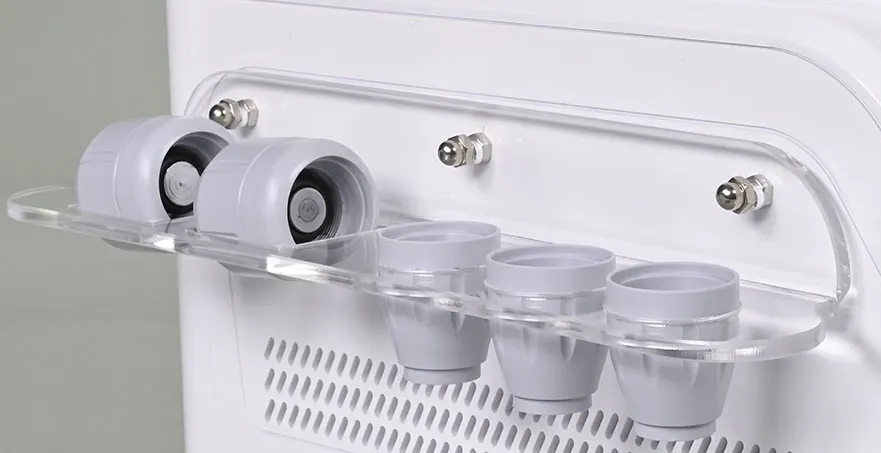

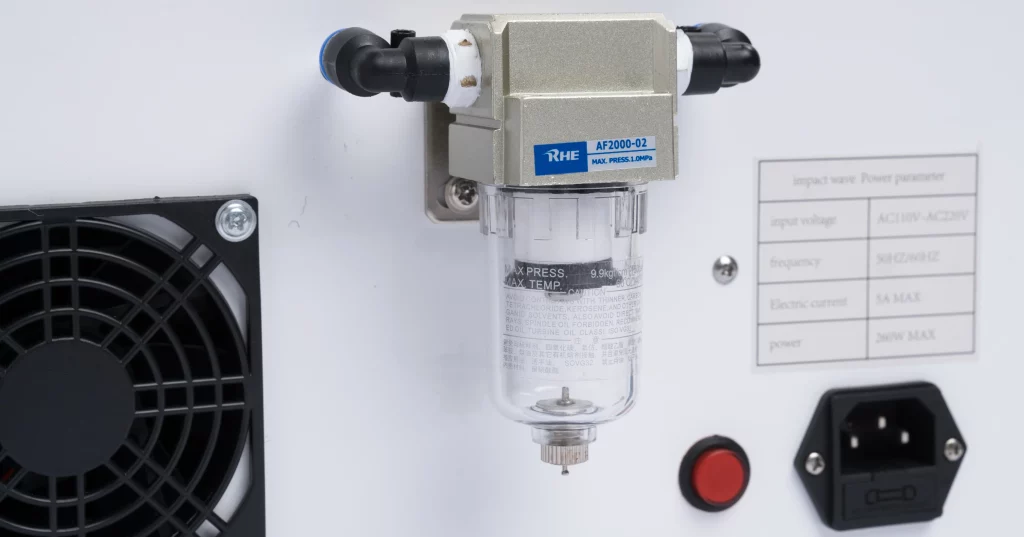
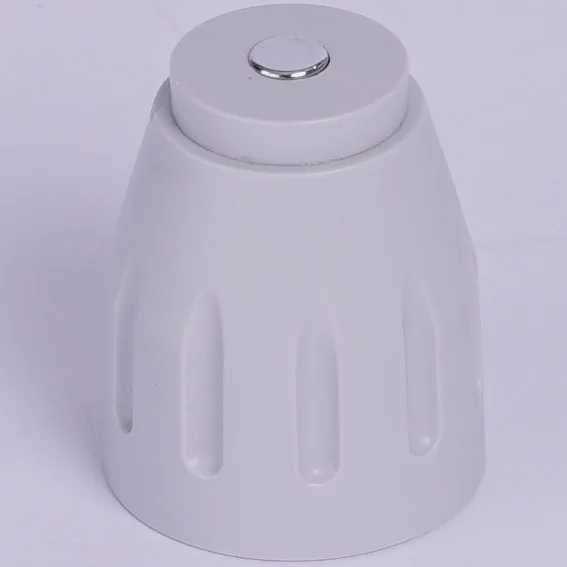
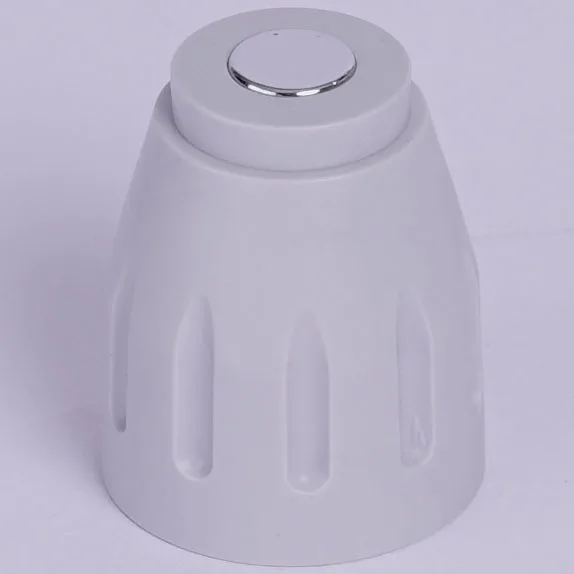
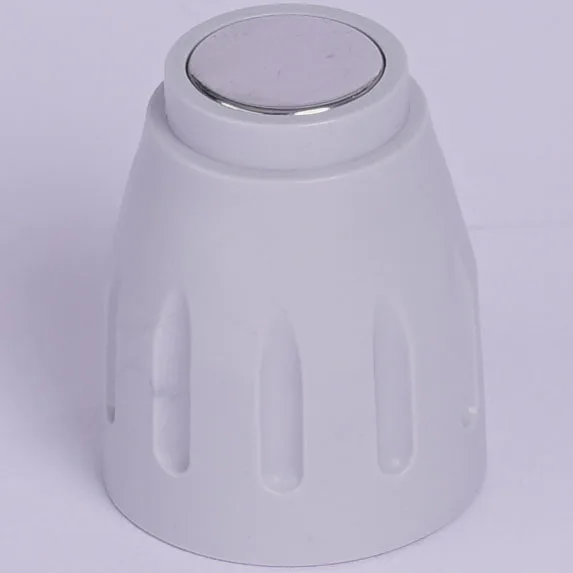
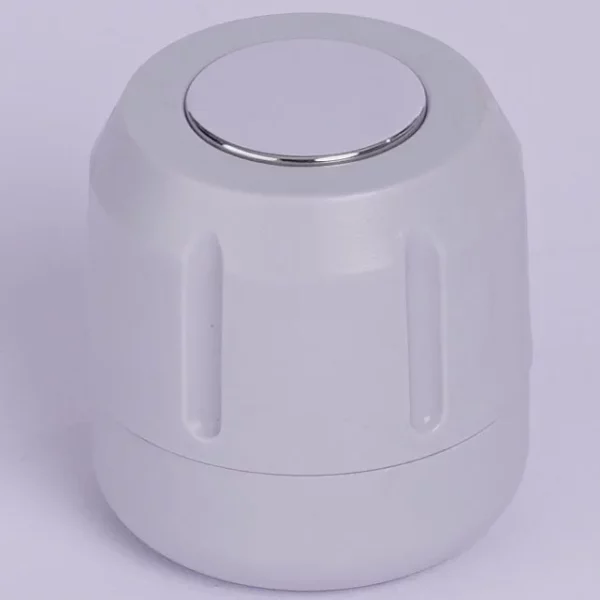
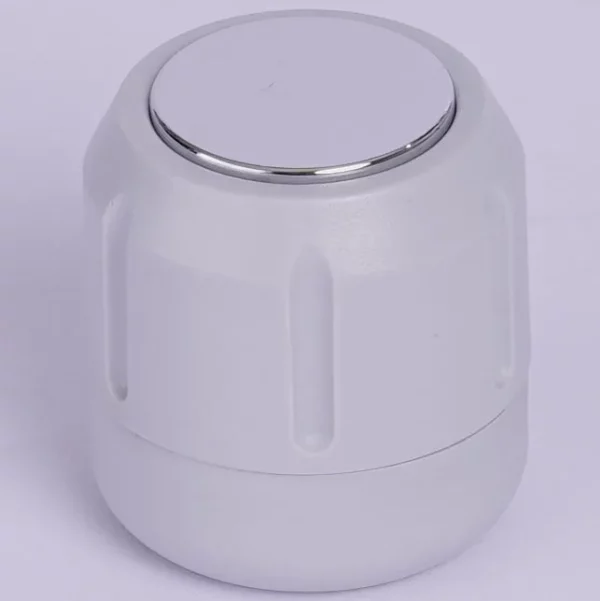
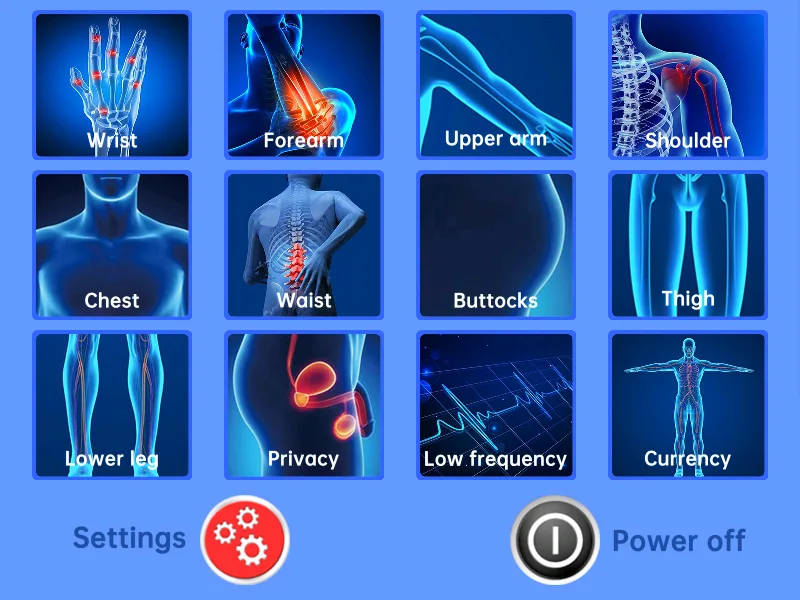
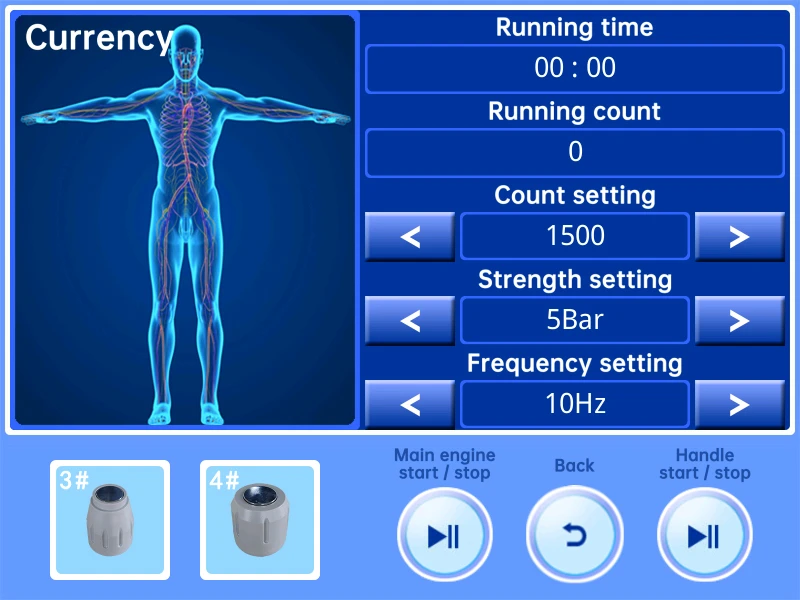
Reviews
There are no reviews yet.